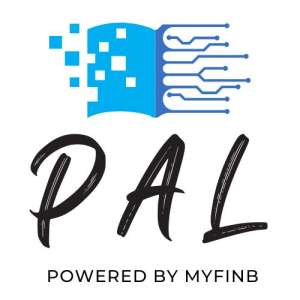

PAL/LIFT offers an AI-driven educational platform using natural language processing to create personalized, adaptive learning roadmaps. Tailored for all ages, PAL enhances educational outcomes by adapting to individual learning styles, ensuring an engaging and effective learning experience.
1. Descriptive
PAL employs natural language methodologies to analyze current student data and provide insights into learning behaviors. Instead of solely relying on historical data, it synthesizes real-time information from various sources, such as assessments, interactions, and feedback. For example, PAL can highlight trends in engagement across different subjects, helping educators understand current student dynamics.
2. Diagnostic
Using advanced neural networks, PAL diagnoses specific learning challenges by recognizing patterns in ongoing student interactions and assessments. By integrating diverse data sources—such as classroom participation, homework completion, and formative assessments—PAL can pinpoint misconceptions and areas needing intervention. For instance, if a student shows high engagement in discussions but struggles with written assignments, PAL can identify this discrepancy and suggest targeted support.
3. Predictive
PAL’s predictive analytics forecast future performance based on a combination of real-time data and emerging trends. Utilizing machine learning algorithms, it can project potential outcomes by extrapolating from current engagement and achievement levels. For example, if a student demonstrates consistent improvement in practice quizzes, PAL can predict their likelihood of success on upcoming exams, allowing for proactive support.


4. Prescriptive
In the prescriptive context, PAL recommends tailored learning paths and resources based on diagnostic and predictive insights. By leveraging natural language processing, it generates specific action plans, suggesting interventions or resources that align with each learner's immediate needs. For instance, if a student is predicted to struggle with a particular topic, PAL might recommend supplementary materials or specific exercises to reinforce understanding.
5. Continuous Monitoring
PAL incorporates continuous monitoring to provide real-time assessments of student progress. By aggregating data from multiple sources—such as learning management systems, student feedback, and performance analytics—PAL delivers up-to-date insights into engagement and achievement. This ongoing analysis allows educators to make timely adjustments to learning pathways, ensuring that each learner receives the support they need throughout their educational journey.
